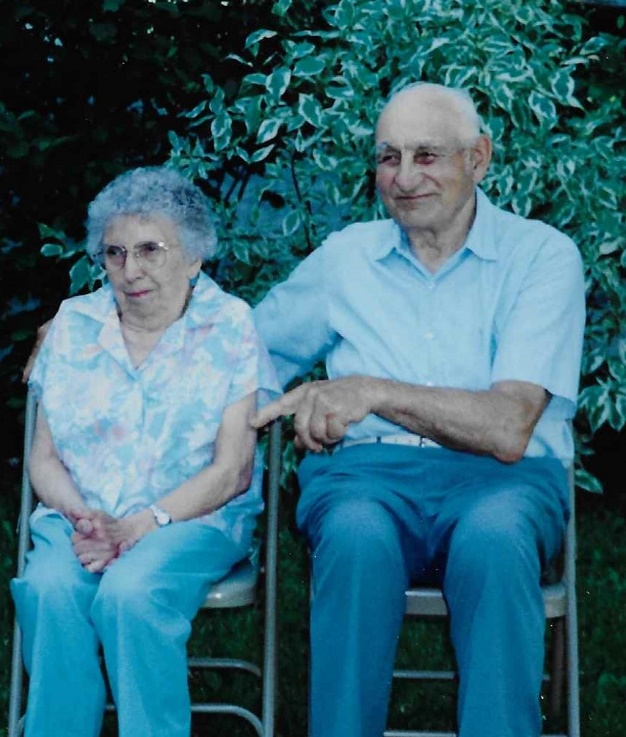Tom's story
Tom was a retired dairy farmer in his early 90's who always took pride in being a hard worker. Throughout the years he was a strong advocate for innovative farming techniques and had the first milking parlor in the county.
Tom and his wife, Olive, raised seven children. After he become a widower, Tom depended on some of his adult children for assistance with showering, support with grocery shopping, and rides to church and medical appointments. He had some long-term effects of two hip fractures and used a walker to get around.
Tom wanted to stay in his home on the farm he operated for over 50 years and his children wanted him to as well. However, they were worried about how he would manage when the two who lived closest and helped the most went south for the winter. Tom had some funds to privately pay for services and wanted to know what might be available to help him stay at home.
Tom's family called the ADRC in Minnesota and connected with Sally, who was professionally trained in person and family-centered practice in a No Wrong Door System. Sally met with Tom and his son and daughter. She learned Tom was proud of being independent and wanted to remain so. Sally also learned Tom was well-liked in his community and many people were willing to help Tom to repay all of the times he and his wife helped them in the past. They discussed services he could pay for privately. The discussion also included coordinating informal assistance through family, friends, and neighbors to supplement paid supports. So, they created a plan.
Family, neighbors, and friends would drive Tom to appointments, grocery shopping, and church. Someone would stop by every day to check on Tom, bring baked goods, and visit/play cards. Paid supports consisted of Meals on Wheels and a personal care worker three times a week to help Tom shower. Sally made sure that everyone knew that she could return in case of any changes that might necessitate adjusting or adding supports.
The result of the plan? Tom was happy to remain in his home and have a support system in place that helped to keep him independent and safe and his children enjoyed peace of mind when they were away for the winter.


